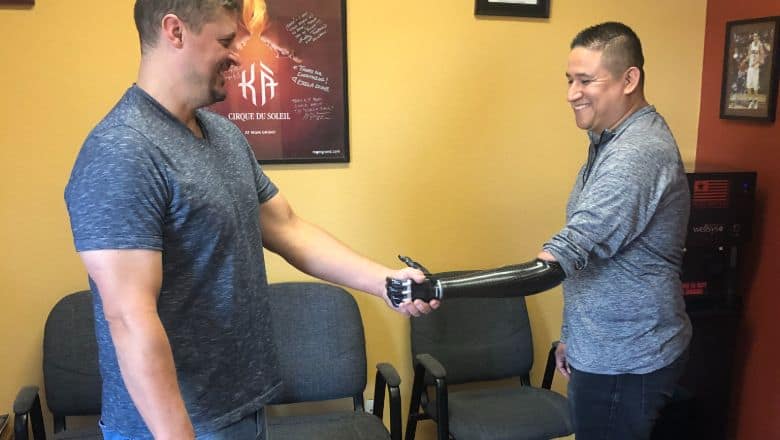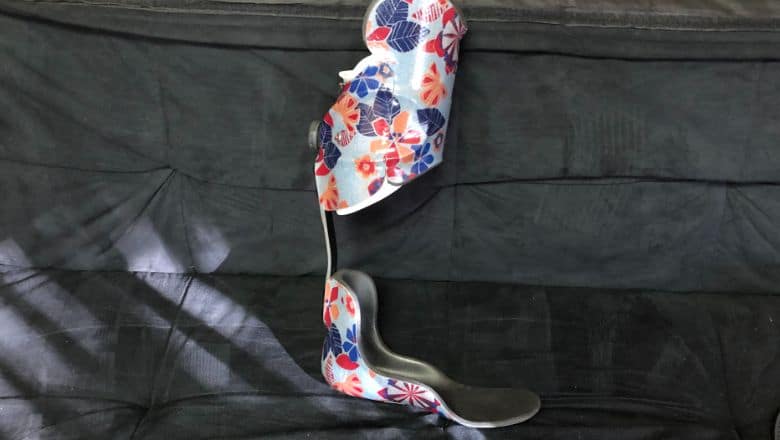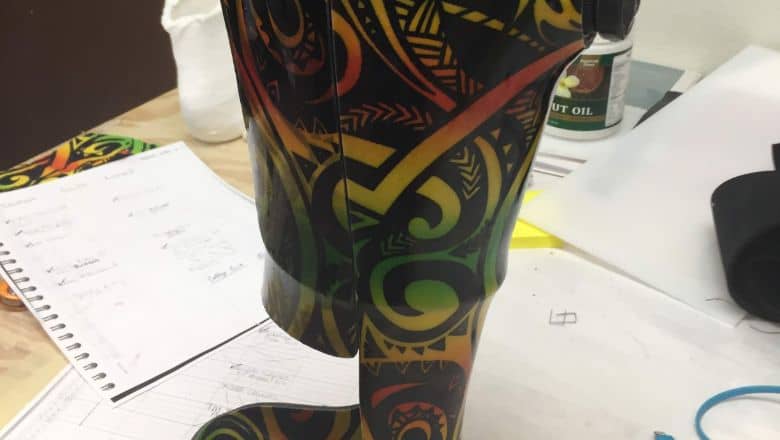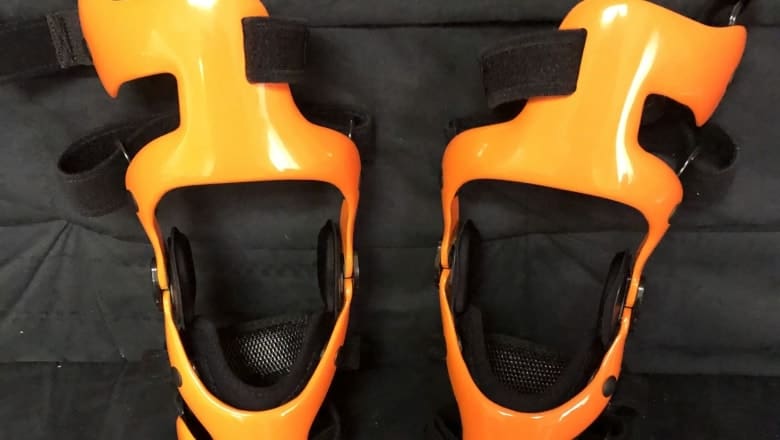Understanding Myoelectric Prostheses
Myoelectric prostheses utilize electrical signals generated by voluntary muscle contractions to control prosthetic limbs. These signals, or myoelectric signals, are detected by electrodes placed on the skin near the muscles that used to control the missing limb. The prosthesis interprets these signals, converting them into specific movements of the artificial limb.How Myoelectric Prosthetics Work
The functionality of myoelectric prostheses relies heavily on accurately detecting and interpreting muscle signals. These devices can execute complex tasks by leveraging advanced sensor technology, microprocessors, and motors. As an amputee contracts their remaining muscle, the electrodes capture the electrical impulses, which are then processed by the prosthesis to translate muscle activation patterns into movements.Advancements In Muscle Reinnervation
Emerging techniques like targeted muscle reinnervation (TMR) enhance the functionality of myoelectric limbs. TMR involves surgically rerouting nerves that originally controlled the amputated limb to the remaining healthy muscles. This rerouting allows for more precise control of the prosthetic, as users can leverage these muscles to generate more discernible and distinct signals for the myoelectric prostheses.Benefits Of Myoelectric Technology
The application of myoelectric technology in prosthetics offers numerous advantages.- Facilitates more natural and intuitive control of prosthetic limbs.
- Enables a broader range of motion and functionality compared to traditional prosthetic options.
- Reduces the learning curve needed for users to adapt to their prosthetic limbs.
- Improves the quality of life by allowing for smoother execution of daily activities.
- Enhances the psychological well-being of users by providing a more lifelike prosthetic experience.
Focus On Personalized Prosthetic Design
Each myoelectric prosthesis is highly individualized, taking into account the specific needs and muscle signals of the user. Personalized prosthetic design ensures that each device aligns perfectly with the user’s unique muscle activation patterns, effectively bridging the gap between biological capability and artificial functionality.Challenges In Customizing Myoelectric Prostheses
While the benefits are significant, creating these tailored prosthetic devices involves certain challenges. Individual variability in muscle anatomy and the quality of muscle signals require extensive customization. Moreover, users need time and training to adapt fully to the prosthetic. Despite these challenges, ongoing advances in sensor technology, machine learning algorithms, and prosthetic materials are continually enhancing the customization process.Comparing Myoelectric Limbs To Traditional Prosthetics
Myoelectric limbs offer several advantages over traditional body-powered prosthetics.- Increased Range Of Motion: Myoelectric prosthetics offer dynamic movement options, powered by direct muscle signals.
- Greater Precision: Electric signals lead to more precise and fluid movements.
- Less Physical Strain: Users no longer need to rely on harnesses or manual control mechanisms.
- Improved Aesthetics: Myoelectric limbs often have a more natural appearance.
Understanding Muscle Activation Patterns
Developing effective myoelectric prostheses involves a deep understanding of muscle activation patterns. Each individual exhibits unique patterns based on muscle strength, remnant nerves, and anatomical differences. This understanding allows prosthetists to design devices that respond accurately and efficiently to the user’s desired movements.Continuous Improvements In Myoelectric Prostheses
The field of myoelectric prosthetics is experiencing rapid advancements. Such innovations ensure that myoelectric prostheses remain at the forefront of advanced prosthetic technology, continually providing better solutions for amputees.- Enhanced Sensor Technologies: Improved sensors for detecting finer muscle signals lead to better prosthetic control.
- Integration Of Artificial Intelligence: AI-powered systems can learn from user patterns, enabling better customization over time.
- Research In Human-Machine Interfaces: Efforts to improve the interface between human users and machines enhance usability and comfort.
Choosing The Right Myoelectric Prosthesis
For individuals considering a myoelectric prosthesis, several factors need to be addressed because ensuring that the prosthetic device provides the maximum possible benefit and aligns with the user’s daily needs is important.- Understanding Personal Needs: Users should assess their specific mobility challenges and lifestyle requirements.
- Consulting With Prosthetic Experts: A consultation can provide insights into appropriate device selection and expected outcomes.
- Evaluating Long-Term Benefits: Considering the long-term impact on quality of life and functionality can guide decision-making.
FAQs
With a myoelectric prosthesis, users can perform a range of tasks, from basic daily activities like picking up objects to more complex movements needed for sports or work tasks, depending on the specific device and user's adaptability.
Adaptation varies by individual but generally requires several weeks of practice and physiotherapy. Training is essential for users to learn how to interpret visual feedback and adjust muscle signals.
Regular maintenance is crucial to ensure continued functionality. This may include battery replacements, software updates, and physical adjustments to the prosthetic parts.
Empowering Mobility & Independence in Las Vegas, NV
At Evolve Prosthetics & Orthotics, we are dedicated to guiding you towards greater independence and mobility through our innovative myoelectric prostheses. If you’re in Las Vegas, NV, and seeking a personalized prosthetic solution, our experienced team is here to support you every step of the way. Reach out to us today to explore how our tailored prosthetic devices can transform your life.




